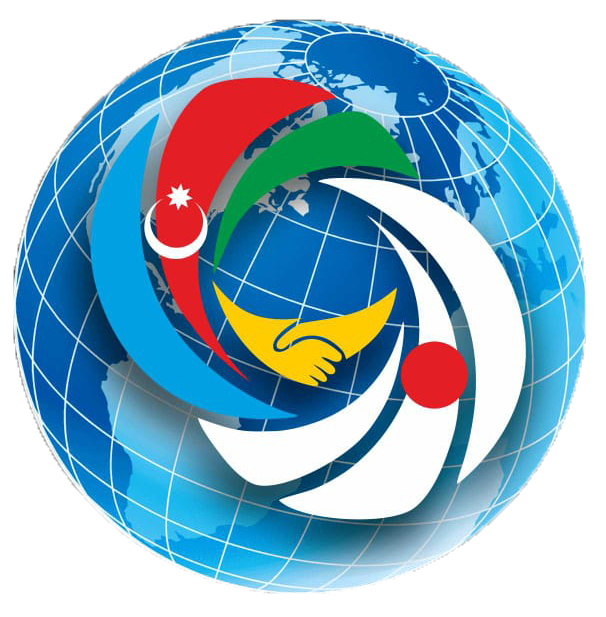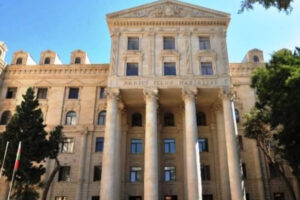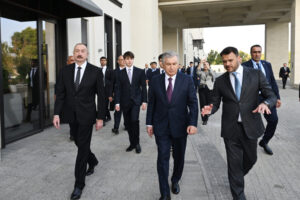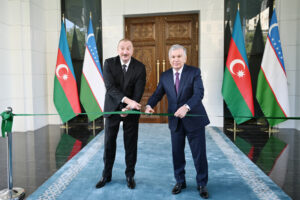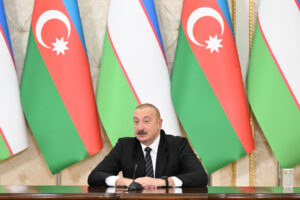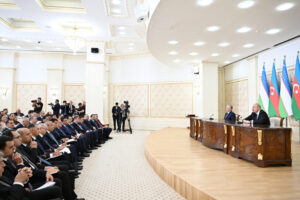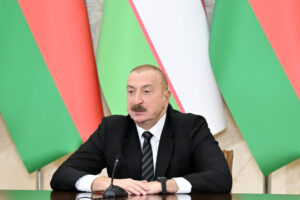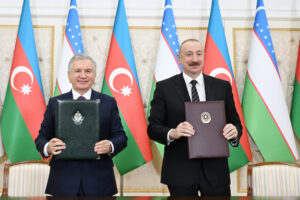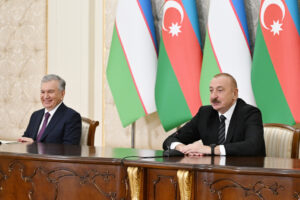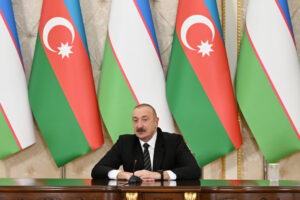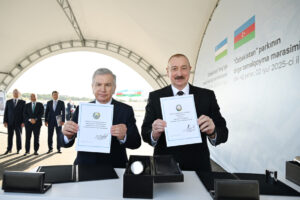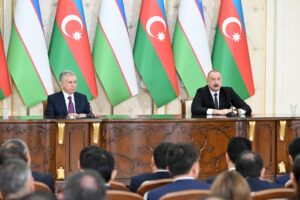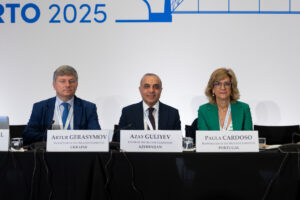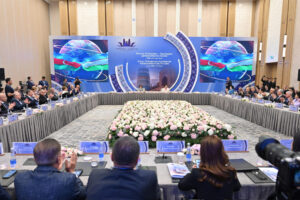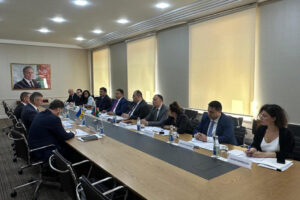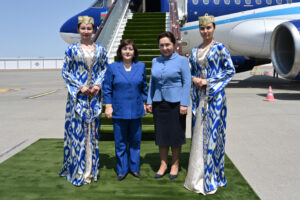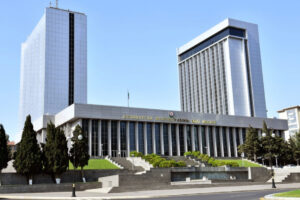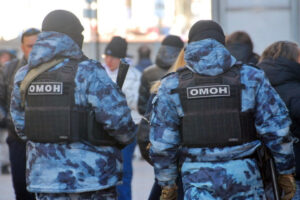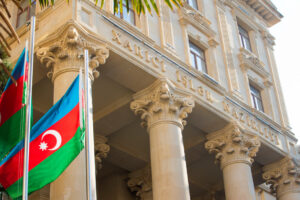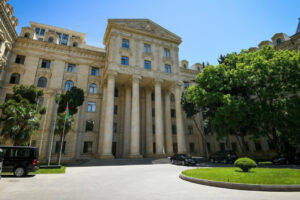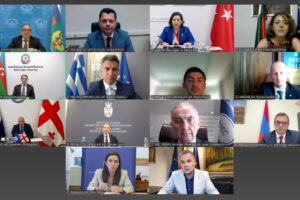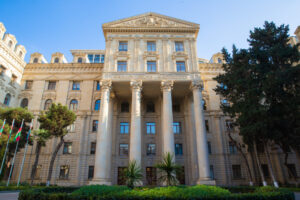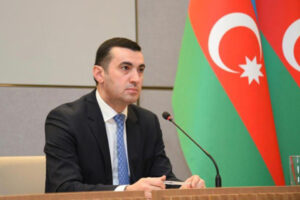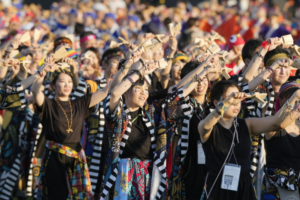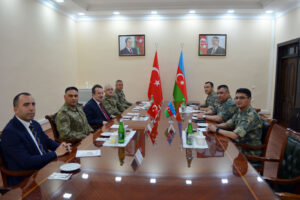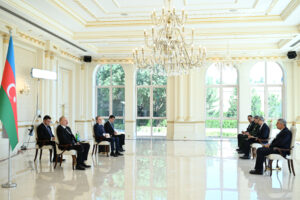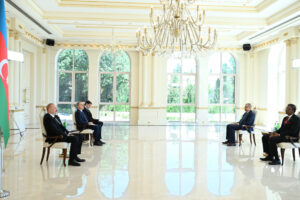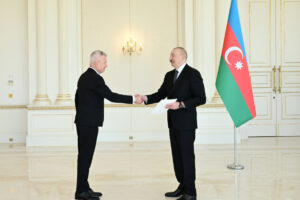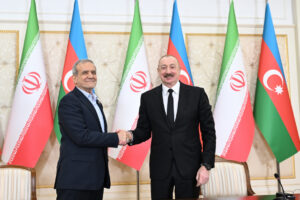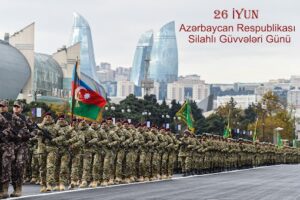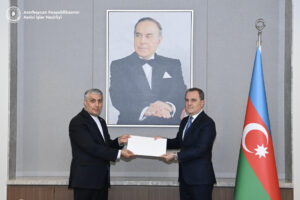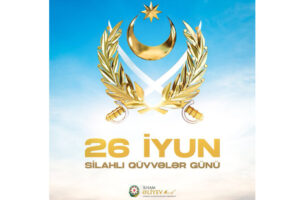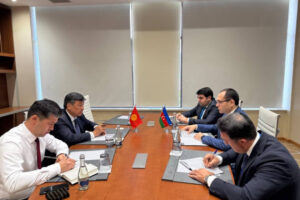Tokyo, 21 April, /AJMEDIA/
Prime Minister Fumio Kishida on Friday sent a ritual offering to the war-linked Yasukuni shrine in Tokyo, a source of diplomatic friction with China and South Korea, which regard it as a symbol of Japan’s past militarism.
Meanwhile, economic security minister Sanae Takaichi offered prayers at the Shinto shrine on the first day of the two-day spring festival. Takaichi, known for her hawkish views on security policy, has visited Yasukuni on various occasions, including its seasonal festivals.
Kishida sent the masakaki offering, but the premier, who heads a dovish faction within the conservative ruling Liberal Democratic Party, is likely to eschew an in-person visit as he did previously.
Yasukuni shrine honors the souls of the country’s more than 2.4 million war dead, but Japanese wartime leaders convicted as war criminals in a post-World War II international tribunal are also enshrined there.
Past visits to the shrine by previous prime ministers, such as the assassinated Shinzo Abe, and other lawmakers have drawn sharp criticism from China and South Korea, where memories of Japanese militarism before and during the war run deep.
Among high-ranking lawmakers, health minister Katsunobu Kato and Hidehisa Otsuji, president of the House of Councillors, also sent ritual offerings to the shrine.
At a regular press conference, Chief Cabinet Secretary Hirokazu Matsuno declined to comment on Kishida’s ritual offering to Yasukuni.
Matsuno, the top government spokesman, said Kishida made the offering “as a private person” rather than a public figure, although the masakaki was sent under his name as prime minister.
After visiting Yasukuni, Takaichi told reporters that she offered her condolences to those who lost their lives “for a national policy.”
Earlier Friday, a cross-party group of around 90 lawmakers, including senior vice ministers and parliamentary vice ministers, also visited the shrine, as it regularly does.
Japan invaded a huge swath of China before the end of World War II and ruled the Korean Peninsula from 1910 to 1945.
In December 2013, Abe paid a visit to the shrine, triggering a strong backlash from Beijing and Seoul. The United States, Japan’s key security ally, also said it was “disappointed” by Abe’s actions and said the move “exacerbates tensions with Japan’s neighbors.”
In an apparent attempt to avoid confrontation, recent prime ministers have sent offerings to the shrine for biannual festivals during the spring and fall, as well as for the anniversary of the end of World War II on Aug 15.
But South Korea’s Foreign Ministry swiftly released Friday a comment saying Kishida’s ritual offering and the visits by Japanese lawmakers to Yasukuni have caused “deep disappointment and regret.”
Relations between Tokyo and Beijing have frayed further since a senior employee of Japanese pharmaceutical company Astellas Pharma Inc was detained by China in March on suspicion of engaging in espionage.
Kishida, who is scheduled to chair a Group of Seven summit next month in Hiroshima, has expressed his willingness to build “constructive” ties with China, but he has also voiced concern about Beijing’s growing military assertiveness in the Asia-Pacific region.
Japan-South Korea relations, meanwhile, have improved, as Kishida agreed last month to work together with South Korean President Yoon Suk Yeol to resolve a dispute over wartime labor compensation.
In 1978, Yasukuni added 14 Class-A war criminals, including wartime Prime Minister Gen Hideki Tojo, who was executed by hanging for crimes against peace, among the enshrined deities, stirring controversy at home and abroad.
The seasonal festivals normally run for three days but have been shortened to two days as part of efforts to prevent the spread of the novel coronavirus.
